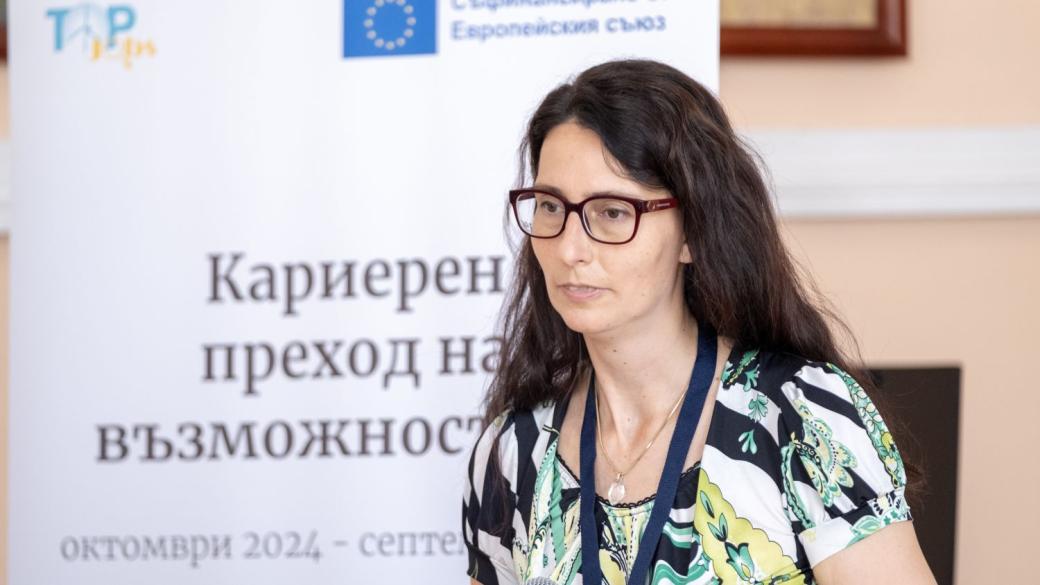Green entrepreneurship: A chance for a sustainable future in Kyustendil and Bulgaria

© ECONOMIC.BG / Mirela Vavova
Kyustendil is one of those places where the potential for green entrepreneurship not only exists but can also be fully realized. This was shared by Angelina Todorova, an expert with many years of experience in European funds and former Deputy Minister of Regional Development.
She participated in a seminar on “Opportunities for Entrepreneurship in Kyustendil,” organized by Brand Media Bulgaria as part of the activities of the European project “Career Transition Opportunities” (TOP JOBS).
With inspiration and practicality, she outlined how sustainable business models are becoming the driving force behind the new economy, in which Bulgaria – and especially regions such as Kyustendil – can play a leading role.
Bulgaria as part of Europe's green vanguard
Despite global attention to the economies of the US and China, Europe remains a leader on climate policy and sustainable development. And Bulgaria, although small, has strong advantages in green entrepreneurship. European green financing, which is increasingly entering our region, creates real opportunities for projects based on innovation and sustainable practices.
Green business models – profit through sustainability
Angelina Todorova presents five basic models that define the new thinking in entrepreneurship:
- Sustainable products – she cites Patagonia and FarePhone as examples, companies that focus on durability, recycling, and fair trade;
- Shared economy – a model that uses unused resources and generates profit through efficiency;
- Circular economy – the idea that “one man's trash is another man's treasure” is successfully applied in companies such as TerraCycle, which recycle even hard-to-process waste;
- Blue economy – businesses related to water resources, aquaculture, and marine bioproducts;
- The cradle-to-cradle model – a comprehensive sustainable product cycle, from production to reuse.
Why Kyustendil?
Kyustendil has a number of natural, cultural, and social resources that make it an ideal location for the development of green and innovative businesses.
If there are no people to use the potential, it remains unrealized,” Todorova reminds us.
That is why one of the key focuses is social transition – keeping people in the region through meaningful employment, lifelong learning, and connection to the local community.
Kyustendil can become an example of synergy between the three pillars of sustainable development:
- Green transition—optimal use of resources and energy efficiency;
- Digital transition – introducing technology and automation, including through artificial intelligence;
- Social transition – retaining young people and creating an entrepreneurial culture.
Forward with ideas, not subsidies
Todorova concludes with an important warning:
If your idea is not sustainable on its own, regardless of whether you use EU funds or not, it will not be profitable.”
That is why we need business thinking that combines innovation, human capital, and green technologies. And it is here, in Kyustendil, that this model can happen—in practice, sustainably, and with an eye to the future.
Co-Funded by the European Union. Views and opinions expressed are however those of the author(s) only and do not necessarily reflect those of the European Union or the Managing Authority. Neither the European Union nor the Managing Authority can be held responsible for them.
Translated with DeepL.


 Economic.bg
Economic.bg